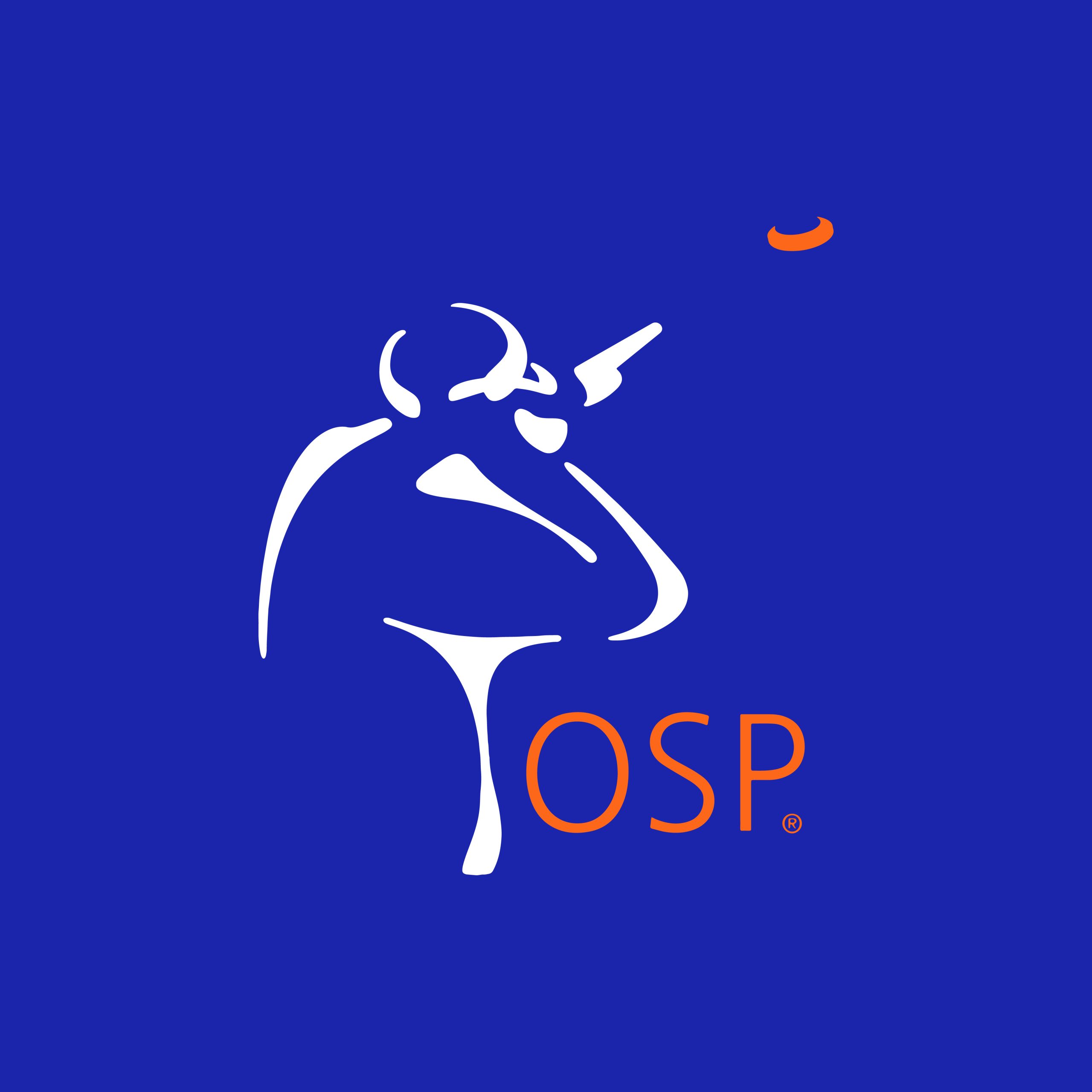Learning to Shoot with Two Eyes
I had two shooters in a group yesterday in Ohio who exhibited cross-dominance problems.
One was “right eyes and look at the gun.” He complained about being in E class for way too long.
The other shooter had tried to shoot with two eyes but failed. So we went about our day talking about sight pictures and what it was supposed to look like.
The E-class shooter started great; seeing the bird behind the barrel and adjusting the muzzle speed to target speed and killing
the birds. The other shooter did as well. As long as the shooters were shooting targets that took a lot of lead, there was no problem.
When we got to the trick deceleration quartering shots, they both had some problems (the E-class shooter more than the other).
The other shooter came around first. When I asked him what the difference was, he commented that everything was larger and so much slower. The class shooter was struggling. But then the breakthrough came about two in the afternoon. It was like a light switch. He just started blowing targets up and smiling.
Now they are at this point, both shooting with both eyes and hitting everything. And when they miss. they both had the same correction. They missed because of excessive muzzle awareness. In other words, they were looking at the gun both in the setup and in the shot when they would miss.
The symptom for true cross-dominance is the same as looking at the gun and checking the lead. They both cause cross-firing. And looking at the gun is very often misdiagnosed as cross-dominance.
So at the end of the day, after running 10 straight right-to-left bateaux at 38 to 40 yards, I asked them what their big “a-ha” was for the day.
They both agreed that the main reason they were struggling was that they were looking at the gun in the setup. And consequently, they were looking at the gun to check the lead just before pulling the trigger.
When they understood the sight pictures and what they are supposed to look like (i.e. both eyes seeing the bird to the left of the barrel or across the barrel) eventually their brains accepted the muzzle in the periphery and the picture became clear. And it was even clearer the more they did it.
They will both be with me today in another group and will talk about what they learned yesterday. I’ll report to you tomorrow on the results.
I had another one in the group who would flinch. And once he understood what was causing him to flinch, the flinches went away.
What did I tell him was the cause? Rapid saccadic eye movement after the command to pull the trigger, but before the trigger actually broke. In other words, looking at the gun at the last split-second to check the lead.
Hmmm… there seems to be a common thread here.




